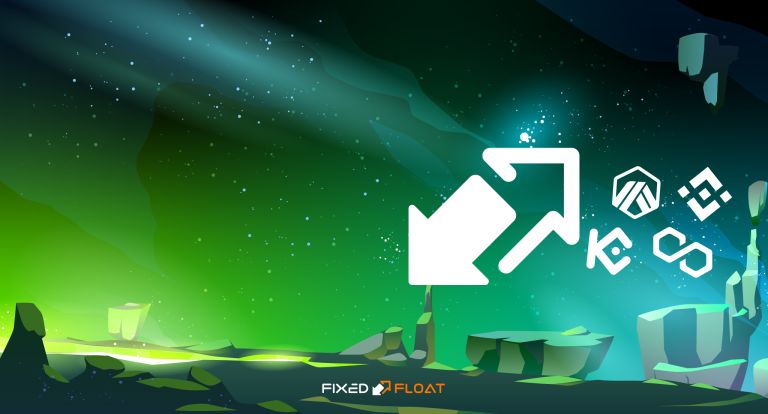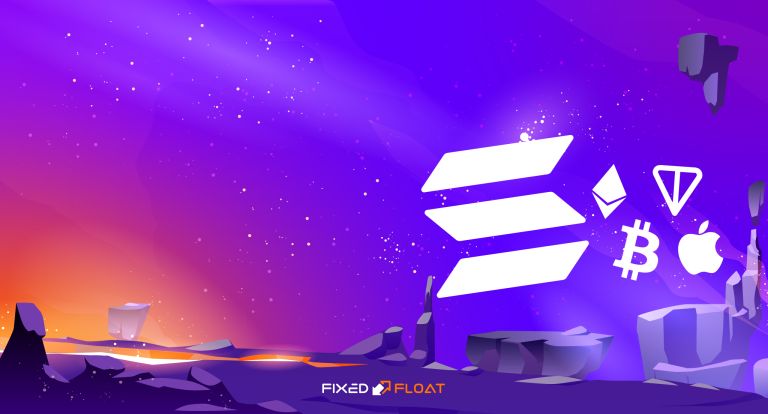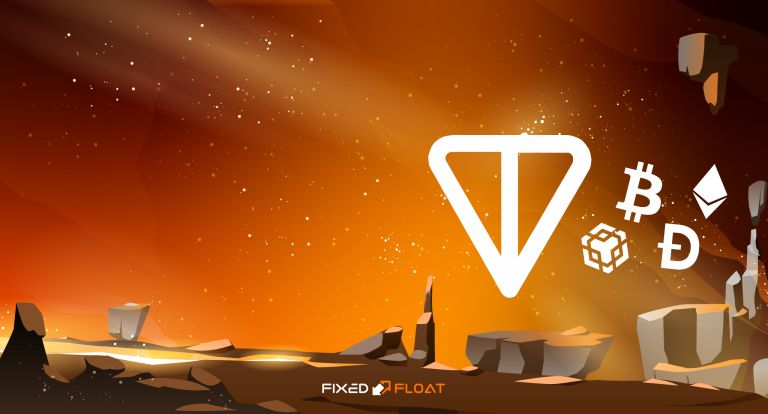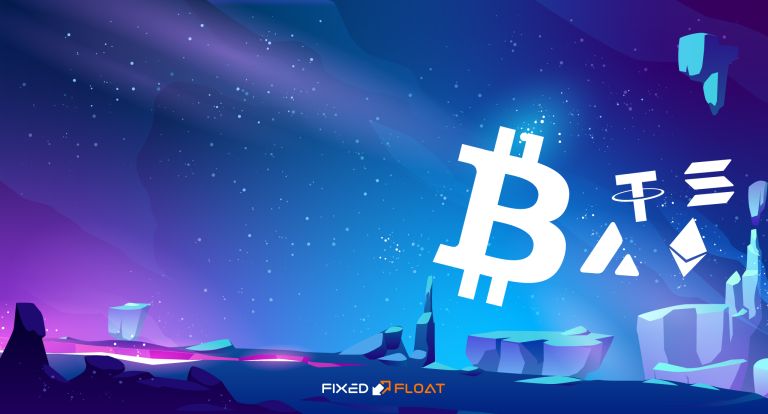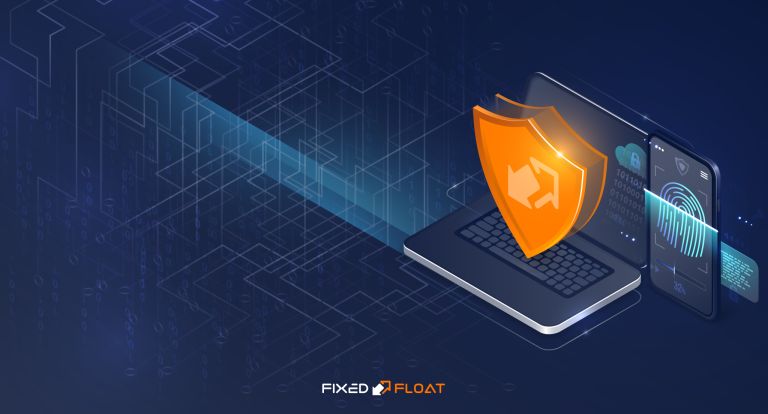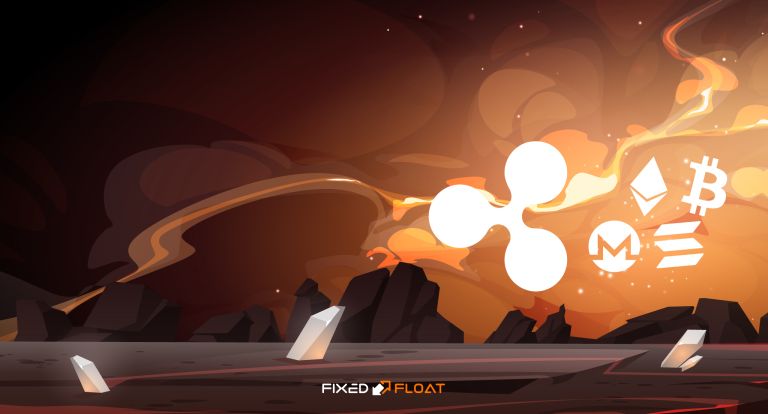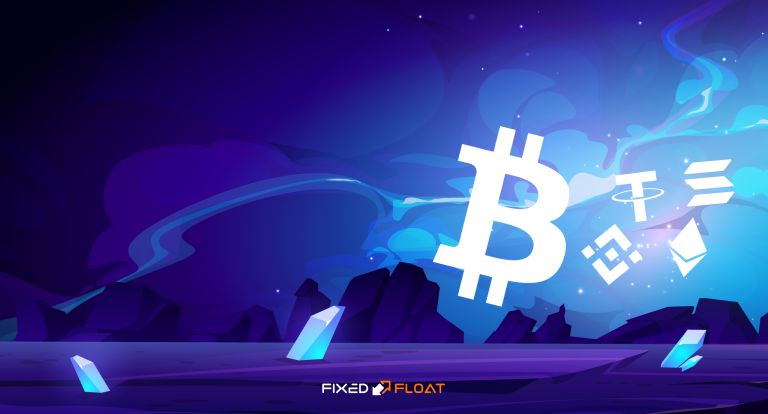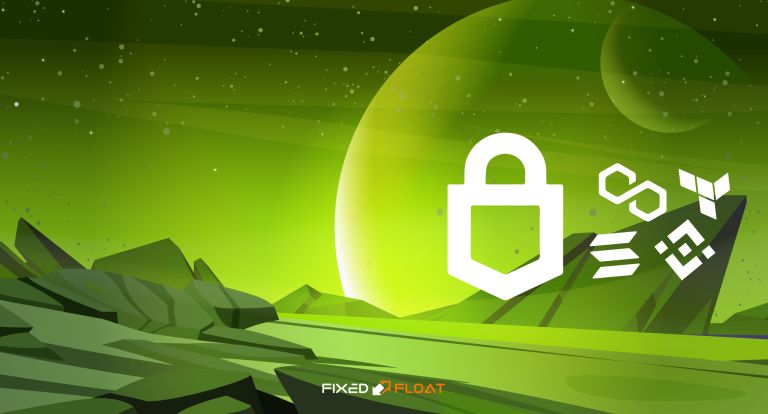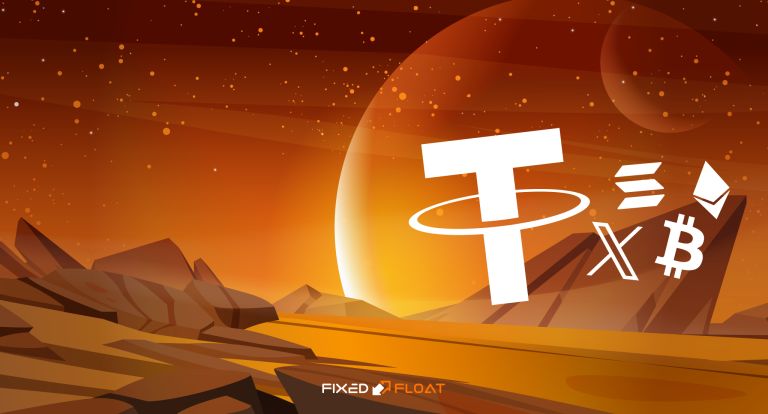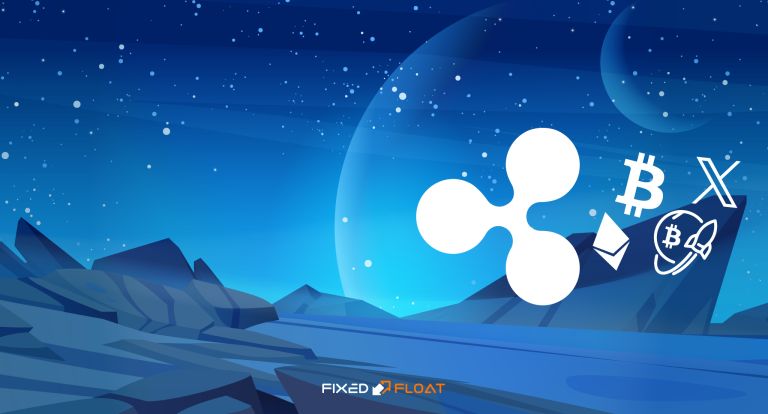Each user of the cryptocurrency when sending a transaction was faced with a network fee. The network fee is also known as miner fee or GAS. The fee is provided for transferring funds, performing functions provided for by smart contracts, transferring tokens. The reward is awarded to miners or validators.
In most blockchains, network fees are quite low, but they can increase depending on the network load. The miner fee amount specified by the user when sending a transaction determines the priority of this transaction when adding to the next new block. The higher the amount of the fee, the higher the priority of the transaction for entering a new block.
The FixedFloat rate includes an exchange fee of 0.5% for a floating rate or 1% for a fixed rate, as well as a miner fee to consolidate the incoming transaction and send the transaction to you. More detailed information about this is in our article How is the rate formed on the FixedFloat.
Miner fee is not a FixedFloat fee. Miner fee is awarded to miners or blockchain validators for mining a new block.
Why do we pay the miner fee?
First of all, the miner fee encourages miners to mine new blocks and maintain a safe and stable operation of the blockchain. Using the computing power of computers or special equipment, miners process transactions and add them to the blockchain. Also, the fee is a kind of compensation for the costs incurred by the miner when mining new blocks: equipment, electricity. You can read in our article A clear example of how transactions on the blockchain are confirmed.
Another function of the miner fee is protection against spam attacks. Without network fees, attackers could create a huge number of transactions that the network could not quickly process. Miner fee provides protection against spam attacks and makes them expensive to implement.
What factors affect the network fee?
- Current load on the network. The greater the load on the network, the higher the actual network fee. The load on the network can depend on many factors: the hash rate, a sharp change in the rate of the cryptocurrency, because of which users begin to actively buy or sell it, whether users are ready to pay more so that their transactions receive confirmation from the network before others.
- Transaction size. The size of the transaction does not depend on the amount of the transaction you are sending, but on the number of entries and exits of the transaction. Let's say a miner sees 2 transactions with the same fees. The miner is interested in having as many transactions as possible in the block, so he will choose a transaction with a smaller size. You can read more about the inputs and outputs of a transaction and how to save on fees in our article What is consolidation in cryptocurrencies?
- Your personal priority is whether you are willing to wait or need to get your coins as soon as possible. If you have a non-urgent deal, then you don't have to pay a high network fee. Sooner or later, the transaction will enter the block and receive confirmation from the network. If time is an important factor for you, it is recommended to set the actual network fee.
How do I calculate the transaction fee?
The easiest way is to use a wallet, which will automatically do it for you. Some wallets allow users to set their own transaction fees. If you want to set the transaction fee yourself, it is recommended that you familiarize yourself with the services that provide information about the current network fee before doing so.
The miner fee in the Bitcoin network
With a high network load and high demand for BTC, the average network fee increases, as users, trying to get the network confirmation faster, indicate a high fee. Because of this, users may face a situation where they sent a transaction with the current network fee, but while waiting for a new block, the network fee increased and the priority of the transaction became worse. The solution to the problem can be the Replace by fee function. You can read more about this in our article Replacing and canceling Bitcoin transactions.
The current fee of the Bitcoin network can be found on the mempool.space service.
The miner fee on the Ethereum network
In the ETH network, the principle of fee is different from BTC. To determine the size of the fee, the amount of computing power that will be needed to process the transaction is taken into account — GAS. The GAS price represents the amount of ETH that you are willing to spend on each unit of gas. It is measured in Gwei. The higher the price for GAS a transaction has, the higher its priority, which means it will get into the block faster.
If the network's fee has increased dramatically, and the transaction has not received confirmation from the network, you can use the Replace by fee function. For step-by-step instructions, see our article Replacing and canceling Ethereum transactions.
When sending ERC20 tokens, you must have ETH coins in your account, which will be used to pay network fees.
The current fee of the Ethereum network can be found on the etherscan.io service.
The miner fee on Binance Chain
Fees for sending a transaction on the Binance Chain are paid in BNB. There is a fixed fee structure for various actions on the network. When sending BEP2 tokens, there must be BNB coins in the account, which will be used to pay network fees. If you do not have BNB coins in your account, you will not be able to send BEP2 tokens.
You can find the current network fee in this document of the Binance exchange.
The miner fee on Binance Smart Chain
Unlike Binance Chain, the fee on the BSC network is not fixed. The principle of the fee structure is similar to Ethereum, it also takes into account the amount of computing power that will be needed to process a transaction. The network fee is calculated in Gwei. Typically, the BSC network has very low fees.
It is important to consider that when sending BEP20 tokens, there must be BNB coins in the account, which will be used to pay network fees. Otherwise, no tokens will be sent.
You can get acquainted with the current network fee on the bscscan.com service.
The miner fee in the Tron network
TRX network users can make transactions without fees.
Bandwidth is required when sending TRC10 tokens. Every day, the account receives 5000 units of bandwidth. On average, sending a single transaction consumes about 250 units of bandwidth. As long as you don't burn all those free units of bandwidth, you can send transactions for free.
When sending TRC20 tokens, in addition to Bandwidth, Energy is consumed. Bandwidth and energy can be increased by freezing TRX coins on your account. During this time, coins cannot be used.
The number of consumed energy units depends on the complexity of the smart contract used. If there is not enough bandwidth, TRX coins will be used to pay the fee.

